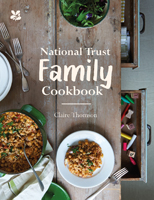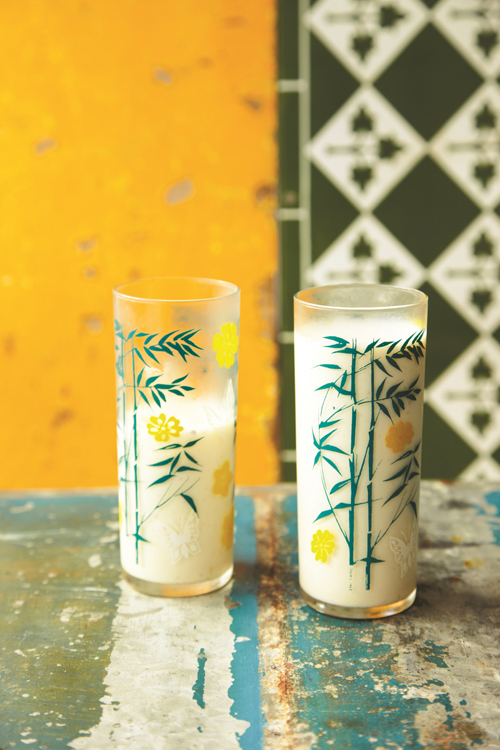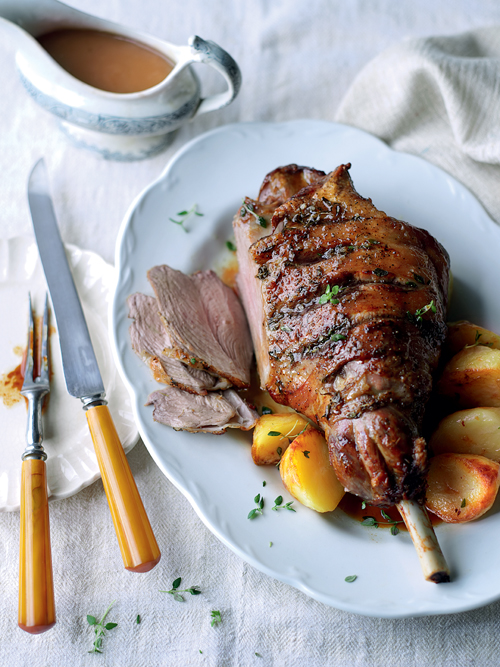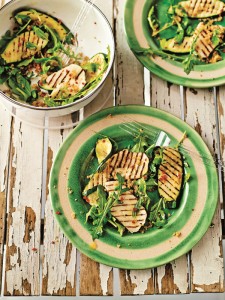
Wow your guests this Easter with Claire Thomson’s succulent pot-roast chicken from her book National Trust Family Cookbook. Pot-roasting makes for the very best chicken. The meat stays moist because the cooking juices have nowhere to escape but back into the chicken as it cooks. Enjoy with a bottle of one of Oz’s recommended wines.
1 lemon, sliced about 3mm thick, pips removed
4 tbsp olive oil
1 tsp honey
Salt and freshly ground black pepper
1 onion, finely diced
1 leek, rinsed, drained and finely diced
3 garlic cloves, halved
1 cinnamon stick
8–10 sage leaves
120g pearl barley
400ml hot chicken stock or water
60g raisins or sultanas
1 large chicken
Preheat the oven to 220°C (200°C fan).
Spread the lemon slices in a single layer on a baking tray and mix with 2 tablespoons of the olive oil, the honey and ½ teaspoon of salt. Place in the oven and cook for about 15–20 minutes until the lemons are just beginning to caramelise.
Remove from the oven and put to one side. Turn the oven down to 180ºC (170ºC fan).
While the lemon is roasting, heat 2 tablespoons of olive oil in a saucepan and saute the onion, leek and garlic for about 8–10 minutes until soft and translucent. Add the cinnamon, sage and finally the barley. Add the stock or water and bring to the boil.
Reduce the heat and simmer for about 30 minutes, until the barley is tender and most of the liquid has been absorbed. Top up with a little more boiling water if needed. Stir in the roasted lemons and the raisins and check the seasoning.
Fill the chicken cavity with the barley stuffing. Put the chicken into a casserole for which you have a tight-fitting lid and pour in a glass of water.
Season the chicken skin with salt and pepper. Cover the casserole with its lid, place in the oven and cook for 1½ hours until the chicken is cooked through.
Remove the lid for the last 10 minutes of cooking time to bronze
the skin of the chicken.
To check the chicken is cooked, pierce the thigh close to the bone with a skewer: any juices should run clear. Leave to rest for 10 minutes or so before carving.
Extracted from National Trust Family Cookbook by Claire Thomson, published by National Trust Books.




